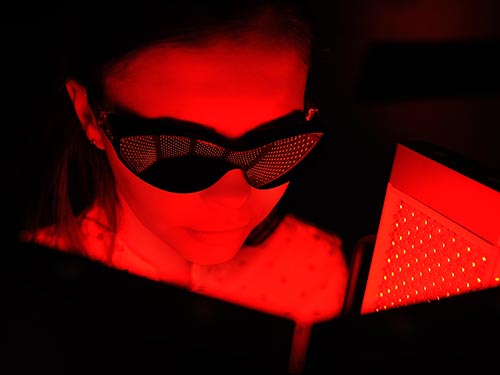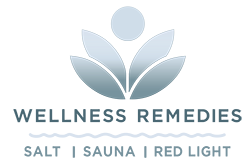What Is Red Light Therapy (RLT) and How Does It Work?
Red light therapy (RLT) involves exposing the body to low-wavelength red light. It aims to treat skin conditions such as scarring and signs of aging, such as wrinkles.
While it is possible that RLT can have dermatological benefits, further clinical research is necessary to assess its full effects. It is important to seek medical advice before using new therapies such as RLT.
This article discusses the potential benefits of RLT, its mechanisms of action, and potential side effects.

How does red light therapy work?
RLT involves exposing the body to low-wavelength red light. This red light can penetrate deep into the skin, where mitochondria in the skin cells can absorb these light particles. This can help the cells produce more adenosine triphosphate, the energy source for all cells.
Proponents attribute the potential positive benefits of RLT to this function. With this extra energy, the cells may be able to respond better to damage and rejuvenate themselves.
Although there is early research surrounding RLT, there is a lack of conclusive evidence that it is a beneficial treatment. Many studies show that the treatment has promise, but more extensive clinical studies in humans will help determine the potential applications of RLT.
With that said, there are several potential benefitsof RLT.
Improving skin health
Many people show interest in RLT as a possible way to improve skin health.
A 2018 review found limited evidence that RLT may help improve skin health and cosmetic appearance by:
- increasing collagen production in the skin, which gives the skin its elasticity
- increasing fibroblast production, which helps produce collagen and other tissue fibers
- increasing circulation between blood and tissue cells
- reducing fine lines
- reducing wrinkle severity
It is important to remember that many of the results regarding RLT come from animal or test-tube studies, which explore its function. Many human studies used very small sample sizes, as evident in the clinical trial above.
These results show the potential for the therapy but are not conclusive evidence that it will work in every case.
Improving acne
RLT, either alone or in combination with other treatments, such as blue light therapy, is a potentially effective treatment for acne vulgaris. The light appears to penetrate deep into the skin and affect sebum production while also reducing inflammation and irritation in the area.
Wound healing
Red light may also aid wound healing. Light therapy may help wound healing in a few ways:
- reducing inflammation in the cells
- stimulating new blood vessels to form, which doctors call angiogenesis
- increasing helpful fibroblasts in the skin
- increasing collagen production in the skin
Hair growth
Certain forms of RLT may help support hair growth. A 2021 testube study found that application of a specific red light band stimulated hair follicle proliferation – providing promising foundations for further research.
Furthermore, a 2021 review of RLT implementation in androgenetic alopecia treatment found that light therapy can have a positive effect on hair growth, especially when paired with prescription hair growth medications.
Reducing pain
RLT may also be an effective treatment for pain in people with certain conditions. For example, a 2021 reviewTrusted Source found that low-level LASER and light therapy may help reduce pain severity in:
- osteoarthritis
- fibromyalgia
- non-specific knee pain
- neck pain
- low back pain
Enhancing bone recovery
Due to its effects in stimulating blood vessel and adenosine triphosphate creation, light therapy can aid in fracture healing and wound recovery.
However, further research is necessary to fully assess the mechanisms of healing that light therapy impacts.
Anti-inflammatory benefits
Although the exact reason is not yet clear, RLT has significant anti-inflammatory effects in the body. These effects are both local, where practitioners apply the light, and systemic, in other tissues and organs in the body.
Potential side effects
There is a low risk of side effects from undergoing RLT. However, prolonged or high-intensity exposure outside of treatment guidelines may damage the skin.
Products for use at home may also lead to misuse, causing burns, blisters or damage to unprotected eyes.
Summary
RLT is generally safe and may be a very effective treatment option for people seeking smaller changes in their skin or to keep the skin healthy and reduce inflammation.
Other applications of RLT have promising early evidence, but there is not enough reliable evidence in humans to call it effective in every case.
Anyone uncertain if the practice is suitable for them should talk to a doctor to discuss the potential benefits.
Written by Tom Rush


